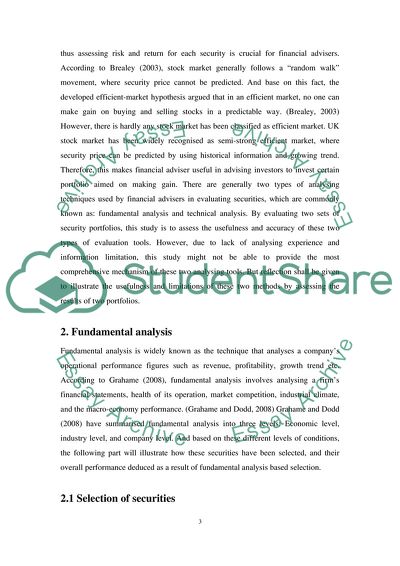Cite this document
(Stock Trading Essay Example | Topics and Well Written Essays - 1500 words, n.d.)
Stock Trading Essay Example | Topics and Well Written Essays - 1500 words. https://studentshare.org/finance-accounting/1856921-stock-trading
Stock Trading Essay Example | Topics and Well Written Essays - 1500 words. https://studentshare.org/finance-accounting/1856921-stock-trading
(Stock Trading Essay Example | Topics and Well Written Essays - 1500 Words)
Stock Trading Essay Example | Topics and Well Written Essays - 1500 Words. https://studentshare.org/finance-accounting/1856921-stock-trading.
Stock Trading Essay Example | Topics and Well Written Essays - 1500 Words. https://studentshare.org/finance-accounting/1856921-stock-trading.
“Stock Trading Essay Example | Topics and Well Written Essays - 1500 Words”. https://studentshare.org/finance-accounting/1856921-stock-trading.


